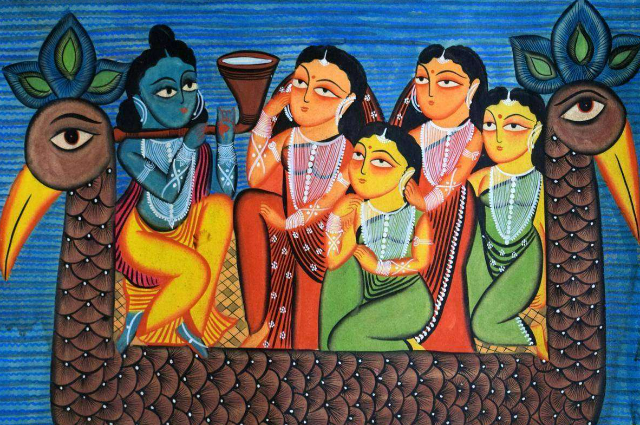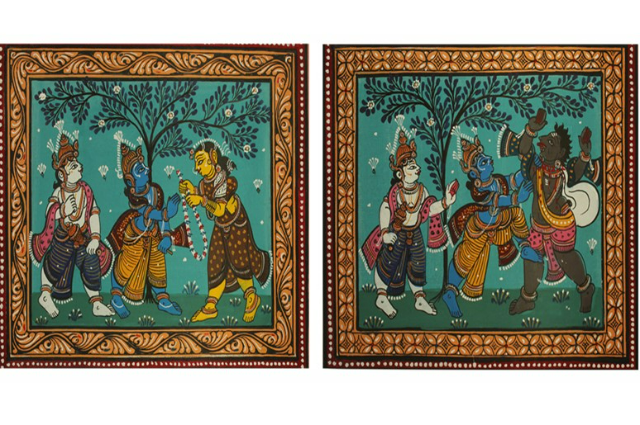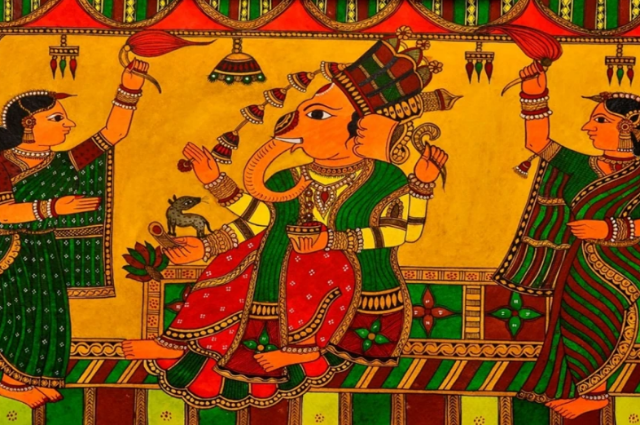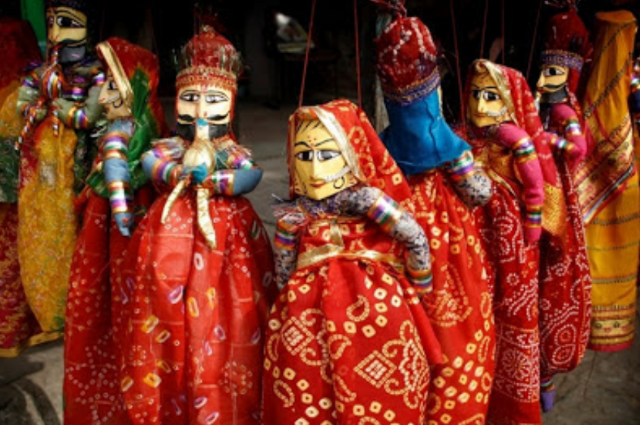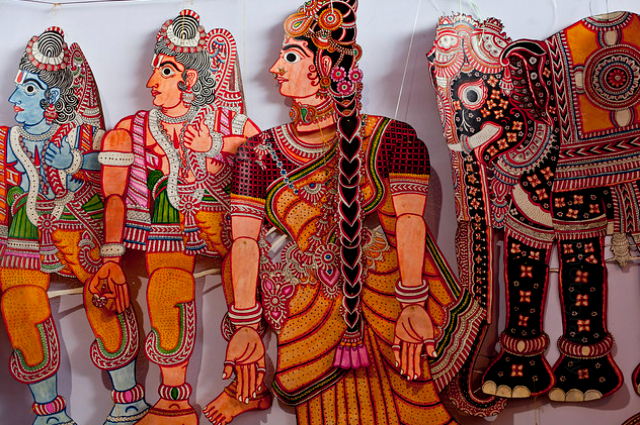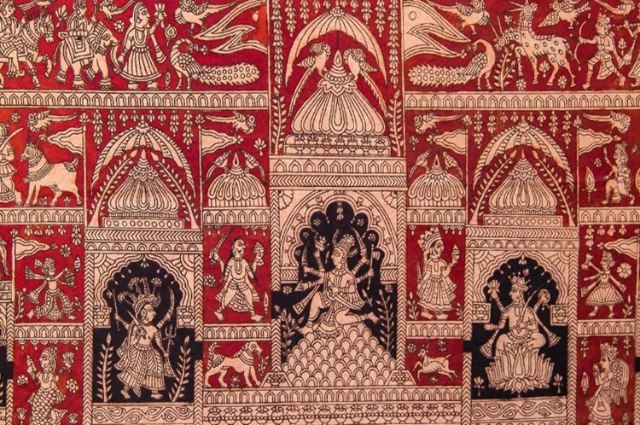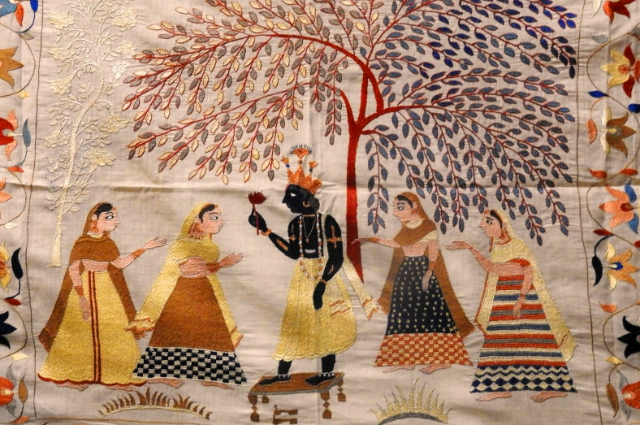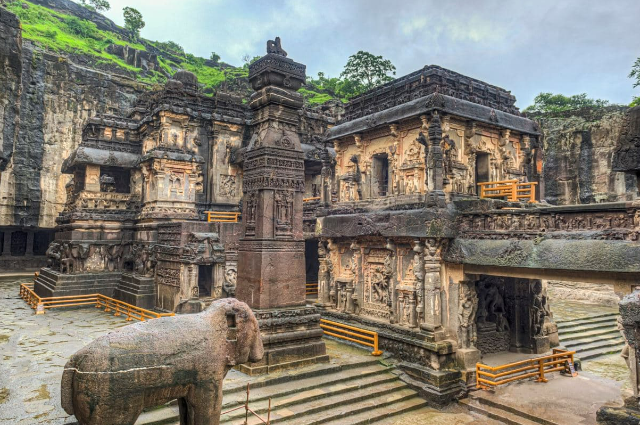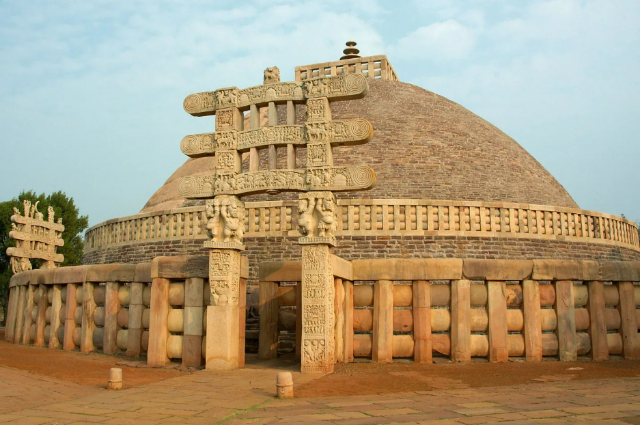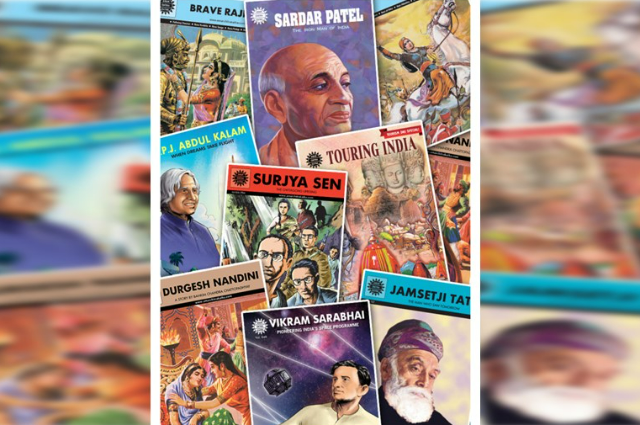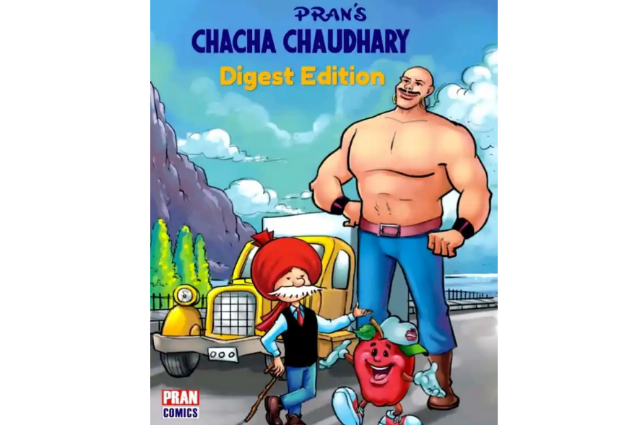INTRODUCTION:
Storytelling is India's ancient tradition. From our household to the world's rulers, it has been a part of our rich culture. Endless epics, dynasties, and folklore have many tales to tell, and India has found a distinct way to unfold the legendary past- through ART.
India has used art forms to convey all the hidden stories of its communities, from cave paintings in Bhimbetka to inscriptions on the Taj Mahal. Hence, varied art forms like paintings, textiles, and architecture, have emerged to depict our past's wonders.
Let's see a few art forms through which India has told stories for years:
1. STORYTELLING THROUGH VIVID FORMS OF PAINTINGS:
Kalighat paintings, Madhubani, Kalamkari and many more have developed as painting styles for visual stories.They depict various themes and present different narration styles.
Some of the best storytellers are:
- PATACHITRA: THE UNMATCHED STYLE OF SCROLL PAINTING:
Patachitra is a scroll painting style that originated in Odisha and spread to West Bengal. 'Pata' means cloth and 'Chitra' means art. The art form was used to tell ancient tales by painting on cloth.
In Odisha, Patachitra featured Jagannath and tales from The Ramayana, the Bhagavad Gita, and the Mahabharata. These tales were used more as worship and ritual.
While in West Bengal, it was more of a celebration. The scroll was opened and accompanied by Patua performances. The prime themes were mythological stories and folktales, but they also depicted news and social messages.
Such a vibrant way to convey incredible storylines!
- THE MUSICAL FORM OF ART - CHITRAKATHI:
Hailing from Maharashtra, Chitrkathi is a way to combine music and art to narrate stories. The artwork exists in the form of painting and puppetry as well. In painting, the artists paint tales from the Ramayana, the Mahabharata, and mythical folklore, along with folk songs and stunning performances.
The artwork is done on at least 30-50 pages and tied together to form a 'pothi'.
2. STORIES THROUGH STRINGS- PUPPET SHOWS:
Visual storytelling when combined with music and dialogues, has a greater impact. Hence, the Indian puppetry had nailed this point.
From Putal Nach in Assam to Yampuri in Bihar, puppet shows are a staple of many cultures for centuries.
The best storytellers in this art are:
- THE RAJASTHANI SKILL OF KATHPUTLIS:
In a traditional puppet show, the Rajasthani drum is accompanied by dialogue between puppeteers and the meticulous coordination of the kathputlis. Rajasthan's Kathputlis, or 'puppets made of wood', are performed by Nats or Bhats.
They usually tell stories of local heroes and include at least 52 puppets in each show. It is further paired with drumming music and interesting dialogues. The entire skill lies in the hand of the puppeteers, who manipulate the strings and jerk the kathputlis for a magical show.
- THE PRIDE OF ANDHRA PRADESH- THOLU BOMMALATA:
Practiced in some regions of Andhra Pradesh, Tholu Bommalata is a shadow leather puppet theater. Here, the puppets are made using goatskin and naturally treated to give them a translucent look. Tholu Bommalata is more of a performance. Furthermore, for the show, a white cloth is used as a screen and lit with bulbs behind. The puppets are manipulated from behind the screen, which gives them the shadow effect.
It isn't just the puppet's beauty that captures attention, it is also the puppeteer's skills and that of their entire group assigned to dialogues, music and entertainment. Stories of Ramayana and the Mahabharata are enacted.
3. STORYTELLING THROUGH ART ON TEXTILES:
A rather unusual tool for storytelling, textile art has a prominent place in India. If you are from Assam, Vrindavani Vastra is a vital part of your culture. Rajasthan's Pichwai is an unmatched storyteller.
Hence fabrics are widely used to pass on our ancestors' stories.
Some storytellers of this art form include:
- THE MUST-HAVE IN GUJARAT'S TEMPLES- MATA NI PACHEDI:
This form of art originates from the state known for its business abilities- Gujarat. Mata ni Pachedi is a painting done on a piece of cloth, which is hung in temples enshrining the 'Mata'. It was started by the Vaghari tribe who were banned from visiting the temples.
Therefore, they began painting the Goddesses on fabric and worshipping them instead. Later, it was used as a vital hanging in Ahmedabad temples.
The painting depicts various epics of different goddesses and their vivid forms and emotions, as well as a few animals and birds. As a result, it isn't used directly for narration but conveys numerous stories about the deity.
- THE SKILLFUL EMBROIDERY OF CHAMBA RUMAL:
Coming from the Chamba hill station in Himachal Pradesh, Chamba Rumal is an example of meticulous embroidery. It was originally done by Royal women on a piece of square or rectangular cloth, to be given as dowries, ceremonial gifts.
Later, it was adopted by local craft clusters and developed as a tradition for exchanging between the bride and groom's families for their goodwill.
The cloth is painted by miniature artists while embroidery is woven by women. It usually includes tales from the Ramayana, the Mahabharata, the Bhagavata Puranas, and even the lives of localites.
This created a distinctive way of passing on stories from the ancestors to the new generations.
4. USING ARCHITECTURE AS A MEDIUM OF NARRATION:
Monuments, especially the Temples of India, are considered the best storytellers. Stories are narrated through inscriptions or carvings, as seen in the Amrutheshwara temple or the Hoysaleswara Temple.
Some Indian buildings that convey stories:
- THE WONDERS OF ROCK CUT KAILASA TEMPLE:
The legendary rock-cut temple, Kailasa in the 16th cave of Ellora caves, is an example of an Indian forte. The intricately carved temple was built by Rashtrakuta King Krishna I between 756 and 773 AD.
Believed to be one of the largest monolithic temples in the world, the carvings and sculptures of Kailasa temple depict deities from Hindu mythology and various scenes from the Purana, the Ramayana and the Mahabharata.
- THE BEAUTIFUL CARVINGS OF SANCHI STUPA:
The Buddhist complex was constructed by King Ashoka in the 3rd century. Apart from the natural materials used to build the Stupa, its Toran/entrance narrates extensive stories.
Sculpted by ivory and gold artisans, each toran precisely depicts stories of the Lord Buddha, his life episodes and local flora and fauna.
5. AN ODE TO THE CONTRIBUTION OF INDIAN COMICS:
Comics developed in India with the start of 'Vetal ki Mekhla' and drifted to the legendary 'Tinkle', 'Tenali Rama' and many more. Visual storytelling found a contemporary way and cartoonists emerged.
Therefore, some of India's famous comics include:
- AMAR CHITRA KATHA- THE LIFELINE OF INDIAN COMICS:
This publishing house was a milestone in Indian comics history. It was started in 1967 by the India Book House, Anant Pai, famously called 'Uncle Pai'. The house publishes comic books covering religious and epic stories, cultural tales, and folklore.
The art of storytelling found new heights in famous books like Chanakya: The Kingmaker or The Mahabharata: The Great Epic Of India.
- THE LEGENDARY STORIES OF CHACHA CHAUDHARY:
The red-turbaned middle-aged man, with Chachi, Raka, and Sabu, has been a heartthrob for every Indian child. It was developed by cartoonist Pran Kumar Sharma. The comic gave access to Chacha Choudhary's daily stories and doses of laughter.
Art has refined our understanding of storytelling. The nation has harnessed art into creative forms so ancient victories are never forgotten.
Almost all of these art forms need to be saved, otherwise, the stories and the storytellers will be forgotten forever.

